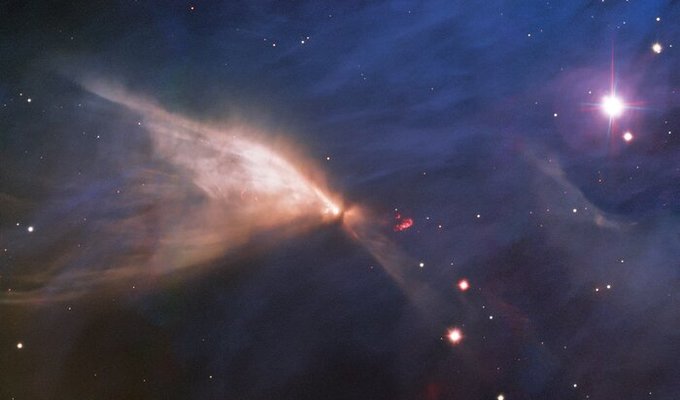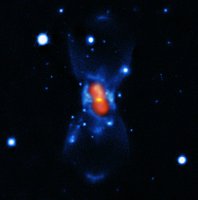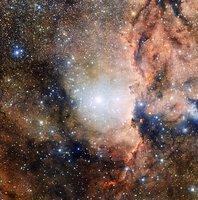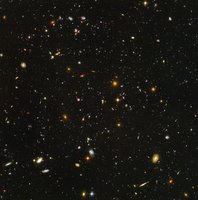American astronomer Sherburne Wesley Burnham was the first to observe a Herbig-Haro object in the late 1800s, but these objects were just seen as a type of light-emitting nebula in the 1940s, when George Herbig and Guillermo Haro studied them in detail.

Astronomers using the Gemini Observatory in Chile have captured a stunning picture of a nebula in a “nearby” region of our Milky Way. This beautiful mix of dust and gas looks like a butterfly with a single wing, and is known as the Chamaeleon Infrared Nebula.
This nebula has gases emitting light in different wavelengths and lies close to the center of the gigantic Chamaeleon I dark cloud, one of the nearest star-forming regions in our galaxy. It is located at the Chameleon constellation, visible from the southern sky.
The bright point at its core is a star less massive than our Sun (or a low-mass star), close to what would be the “division” between the wings. This young and cool star spews huge amounts of gas, and it moves fast enough to “carve” a tunnel inside the interstellar cloud forming the star itself. The nebula has its beautiful wing-like shape because its central star emits infrared and visible light that escapes the tunnel inside the cloud and scatters off its walls.
Do you see that bright red smear at the right, close to the center? It is one of what astronomers call the Herbig-Haro (HH) objects, bright “chunks” of nebulosity commonly found near newborn stars. They form when fast-moving gas thrown by stars smash into slower-moving gas from nebulas or nearby clouds of gas. This is exactly what happens with HH 909A, the red smear in the image we’re looking at: fast moving gas jets coming out of the star in the center of our one-winged butterfly collide with slower-moving gas in the nebula around it. Isn’t that amazing?
The background nebulosity in blue reflects light from a nearby star that is not in the picture, produced by the National Optical-Infrared Astronomy Research Laboratory (NOIRLab)’s Communication, Education & Engagement team as part of the NOIRLab Legacy Imaging Program.
Image credit: International Gemini Observatory/NOIRLab/NSF/AURA
Acknowledgments: Image processing: T.A. Rector (University of Alaska Anchorage/NSF’s NOIRLab), J. Miller (Gemini Observatory/NSF’s NOIRLab), M. Zamani (NSF’s NOIRLab) & D. de Martin (NSF’s NOIRLab)


















